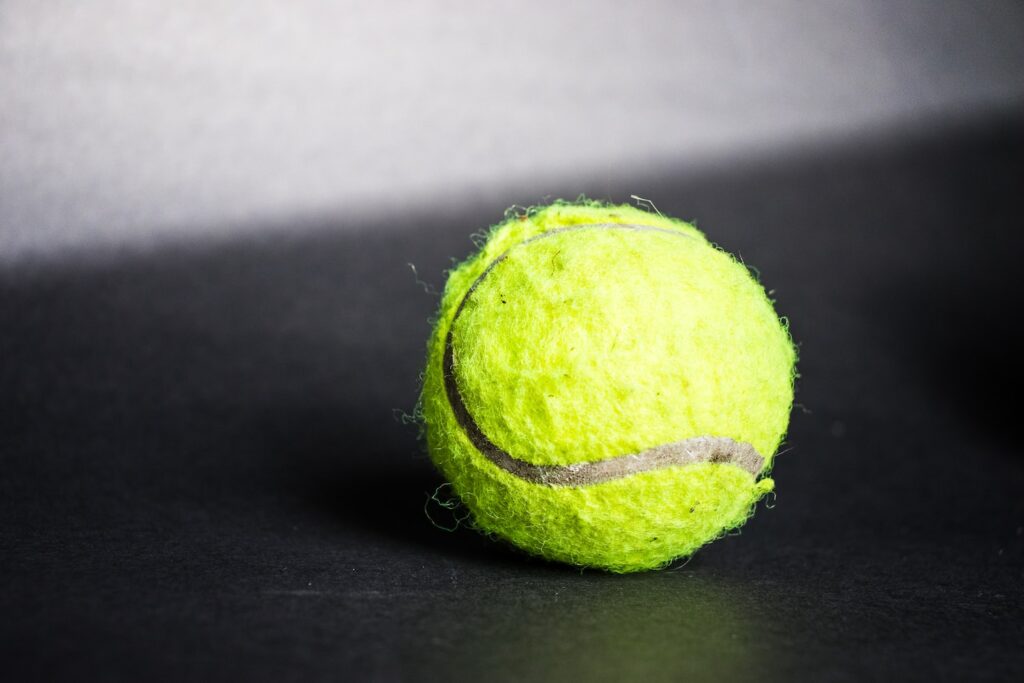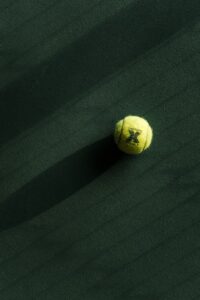Which Padel Ball is Right for You? A Comprehensive Comparison
2 min read
Which Padel Ball is Right for You? A Comprehensive Comparison
If you’re an avid padel player, you know that choosing the right ball is crucial to your game. Padel balls come in different materials, sizes, and densities, making it difficult to determine which one suits your playing style and court conditions.
This comprehensive padel ball comparison will help you make an informed decision and understand the different factors that affect ball performance.
Material
There are two main types of padel ball materials: pressurized and non-pressurized. Pressurized balls are filled with gas to increase their bounce and speed, while non-pressurized balls have a solid rubber core and a felt cover.
Non-pressurized balls are cheaper and more durable, but they don’t have the same speed and bounce as pressurized balls. Pressurized balls are more expensive and tend to lose their bounce faster, but they’re the preferred choice of professional players and offer a faster, more competitive gameplay.
Size
Padel balls come in two main sizes: regular and stage 2. Regular balls have a circumference of 68-70mm, while stage 2 balls are slightly smaller with a circumference of 65-67mm.
Stage 2 balls are designed for beginner players, children, and players who prefer a slower, more controlled game. Regular balls are the standard choice for intermediate and advanced players who want a faster, more challenging game.
Density
The density of a padel ball affects its bounce and speed. High-density balls are heavier and slower, while low-density balls are lighter and faster.
If you play on a fast court, like an artificial grass court, you might prefer a high-density ball that doesn’t bounce too high or too fast. If you play on a slow court, like a clay court, you might prefer a low-density ball that gives you more time to react and control your shots.
Brand
Finally, the brand of the padel ball can also affect its performance. Some of the most popular brands include Dunlop, Head, Babolat, and Wilson, each with its own unique features and technology.
If you’re unsure which brand to choose, try experimenting with different brands and materials to see which one works best for you and your playing style.
Conclusion
In conclusion, choosing the right padel ball depends on a variety of factors, including material, size, density, and brand. Take the time to research and experiment with different options until you find the ball that works best for you.
Remember, every player has their own preference, and what works for someone else might not work for you. Keep an open mind, and have fun trying out different padel balls to improve your game.
Thank you for reading this comprehensive padel ball comparison, and we hope it helps you choose the best ball for your next game.






